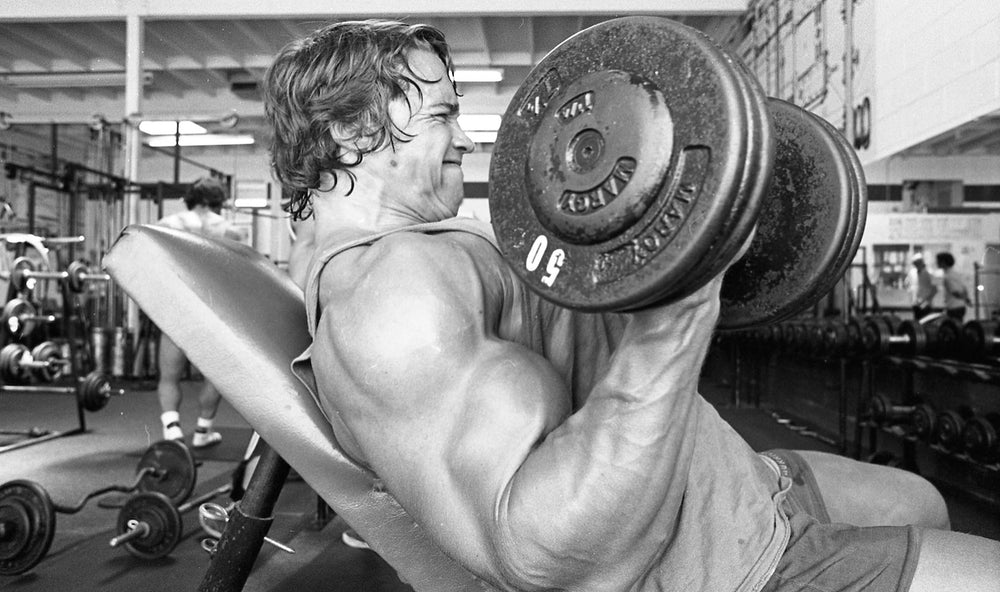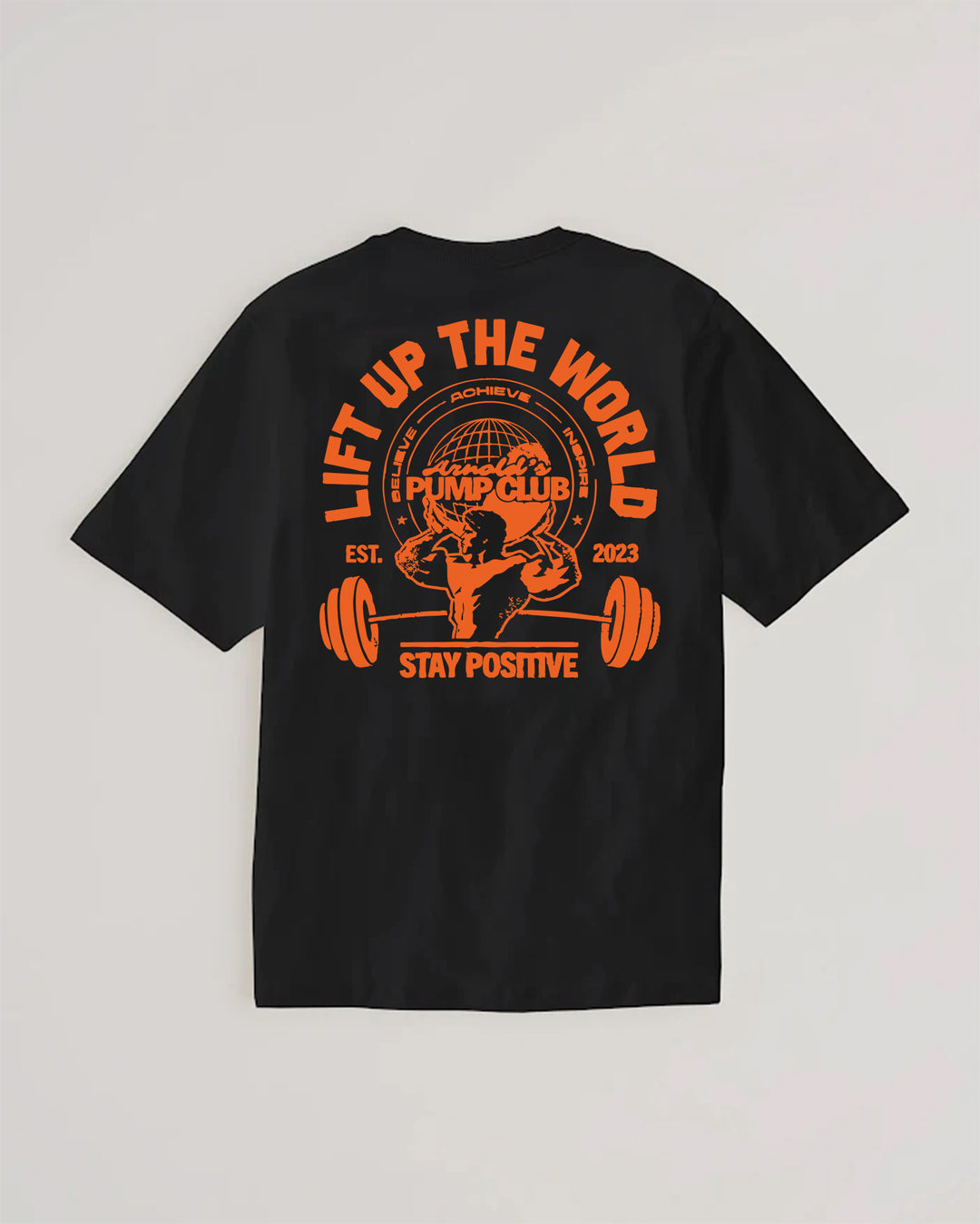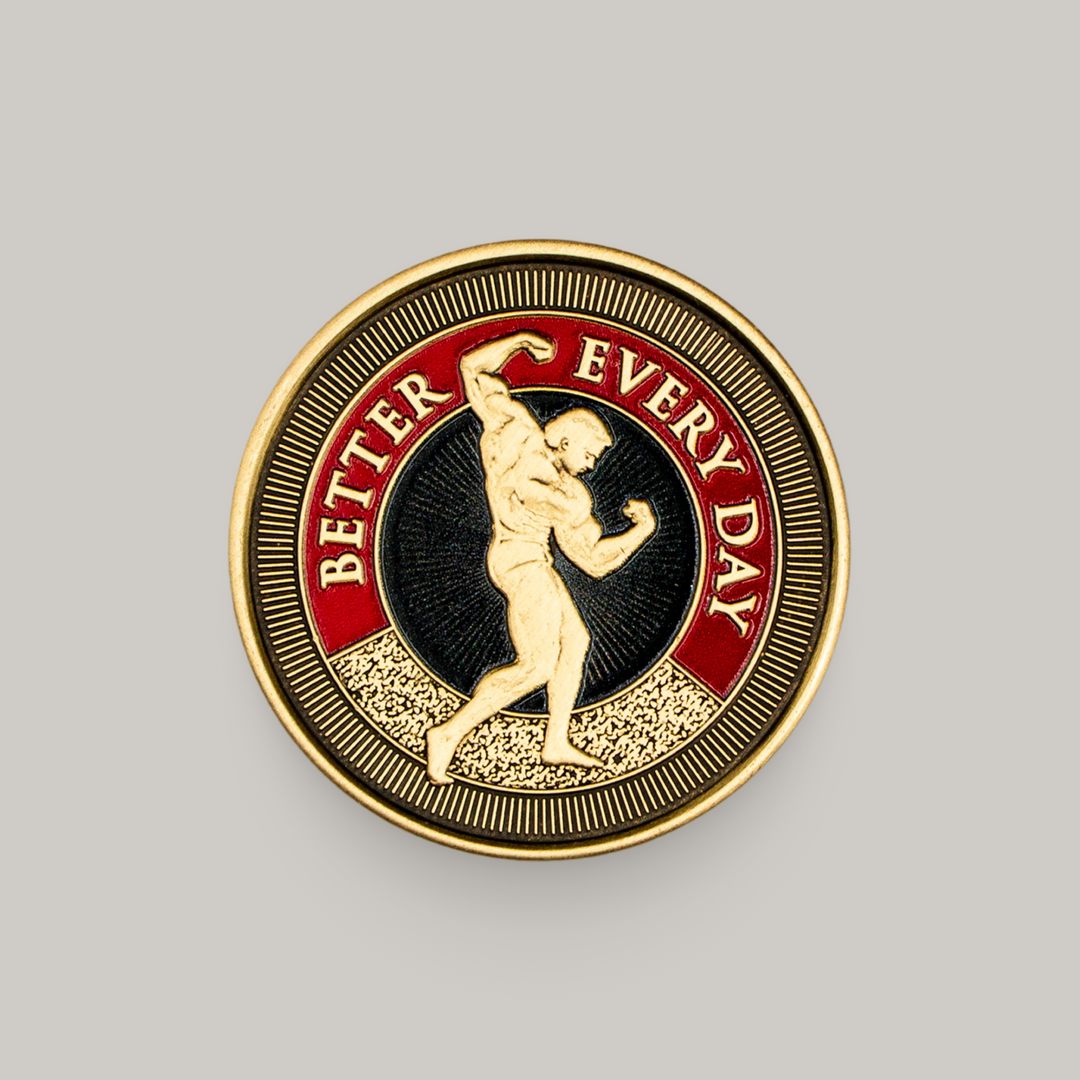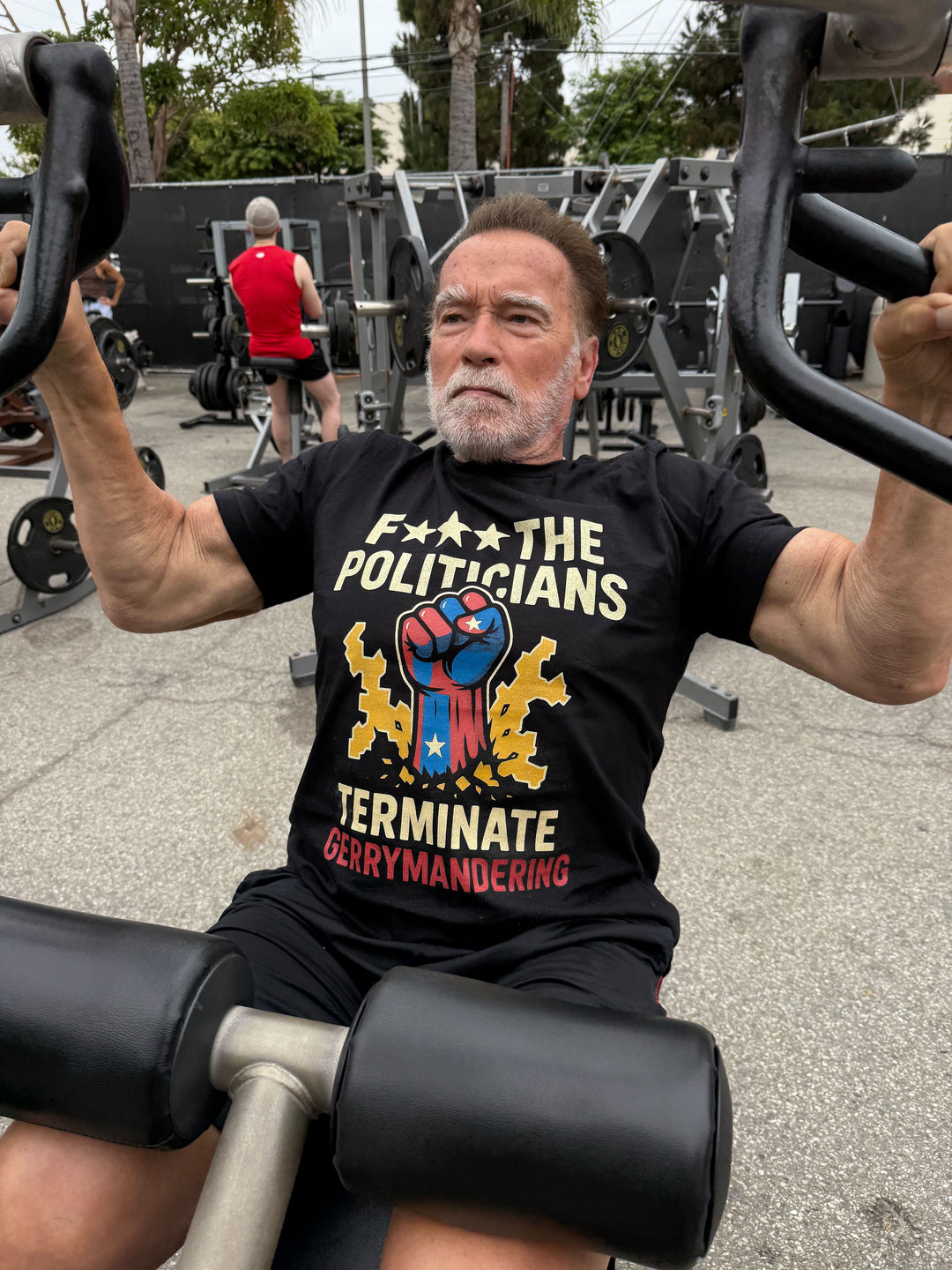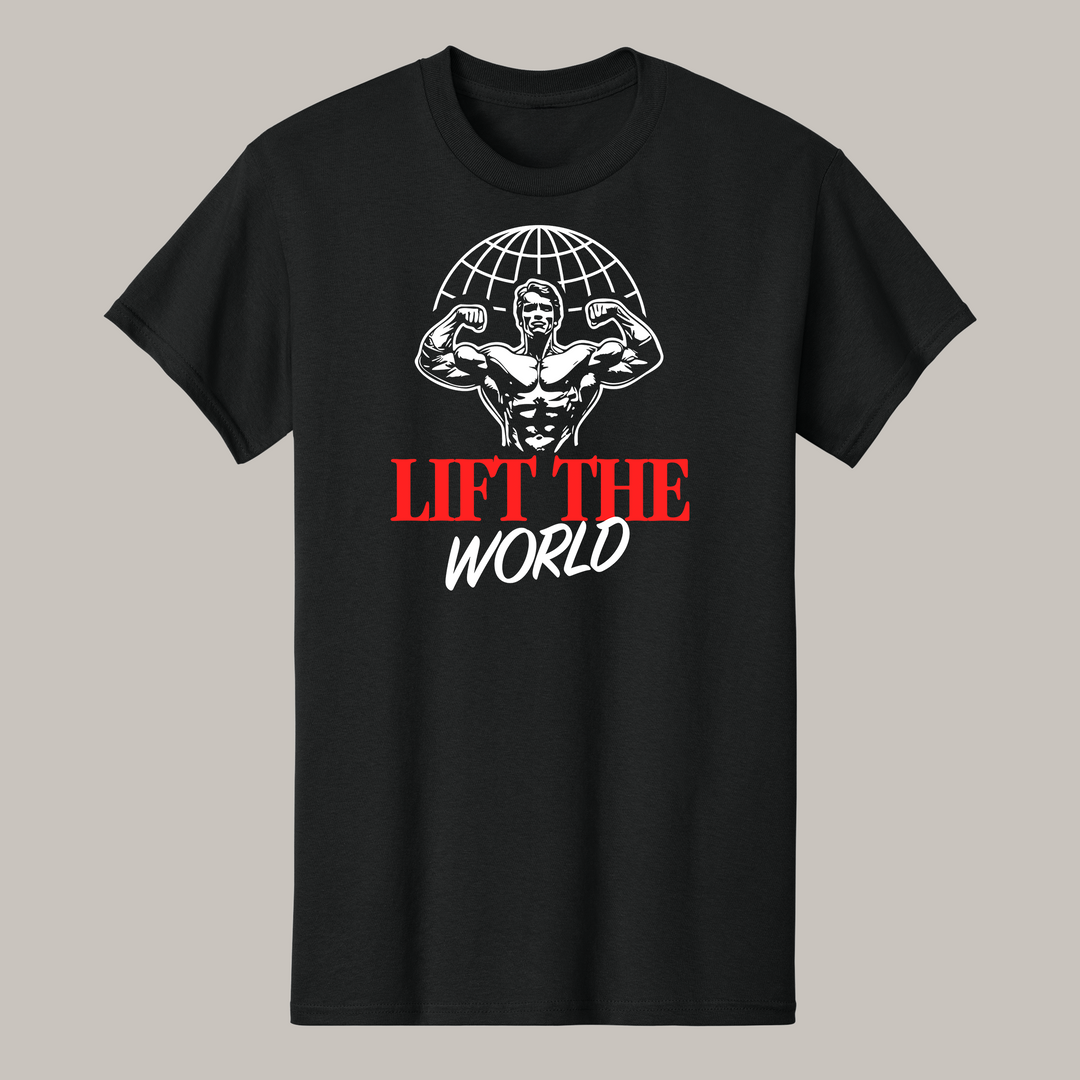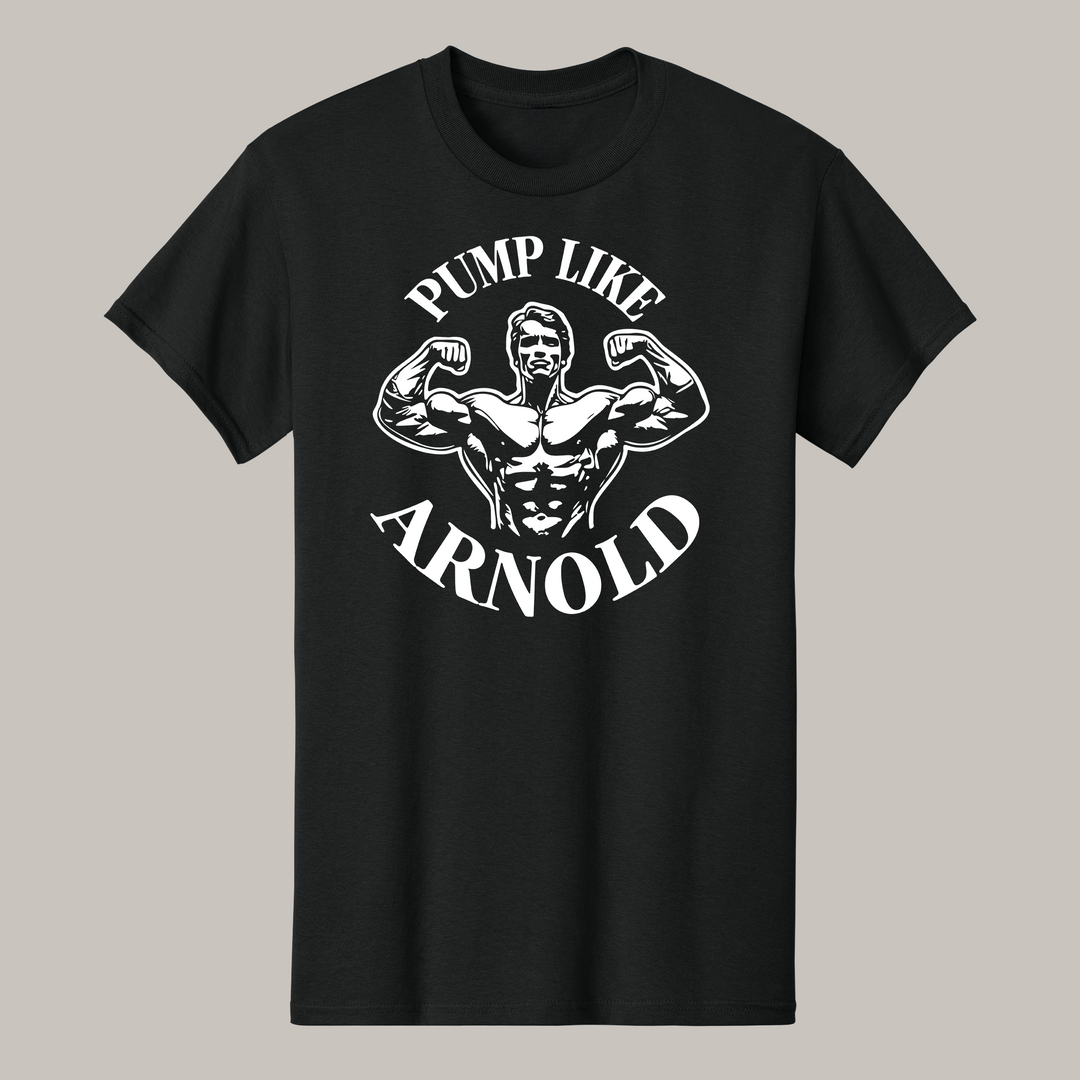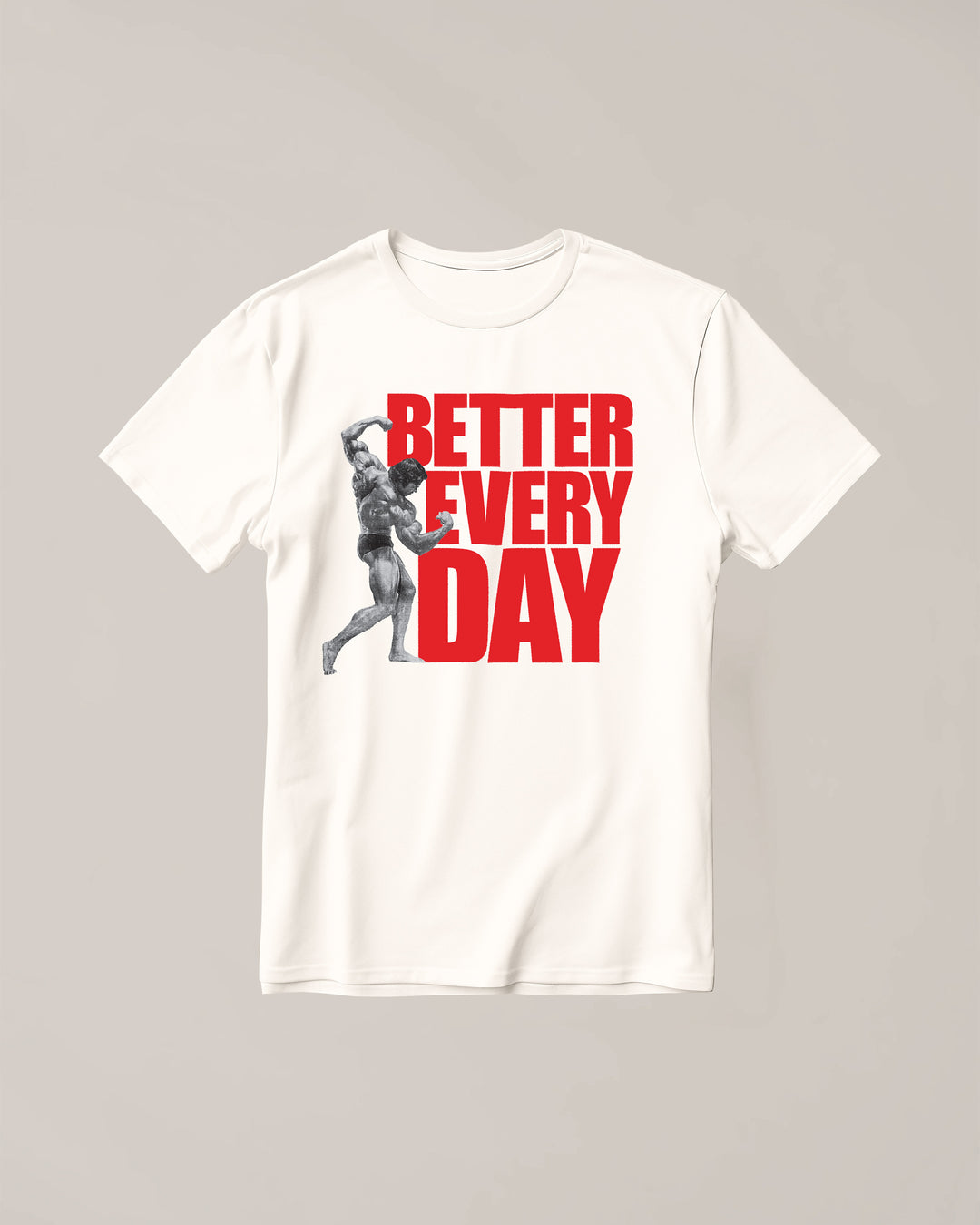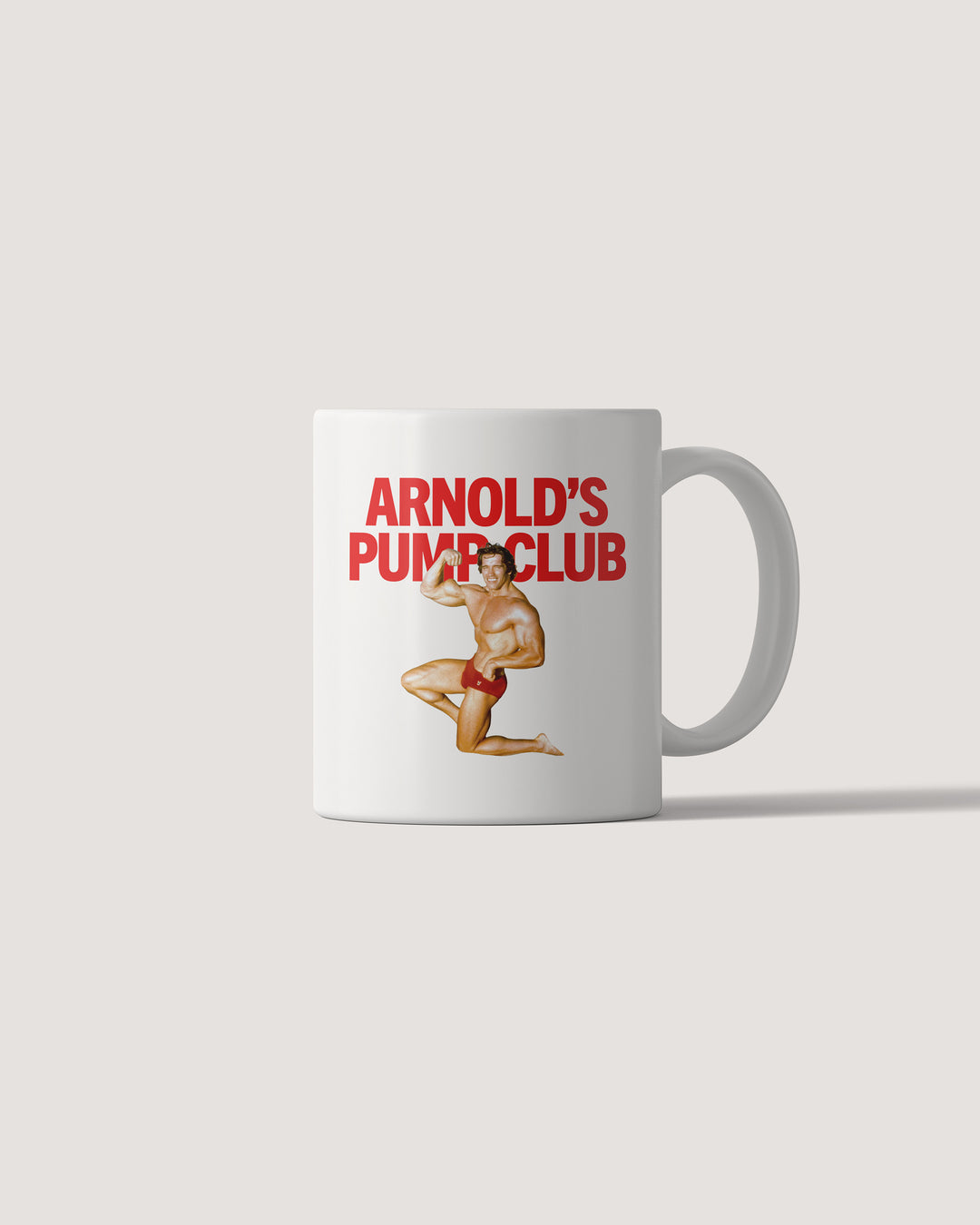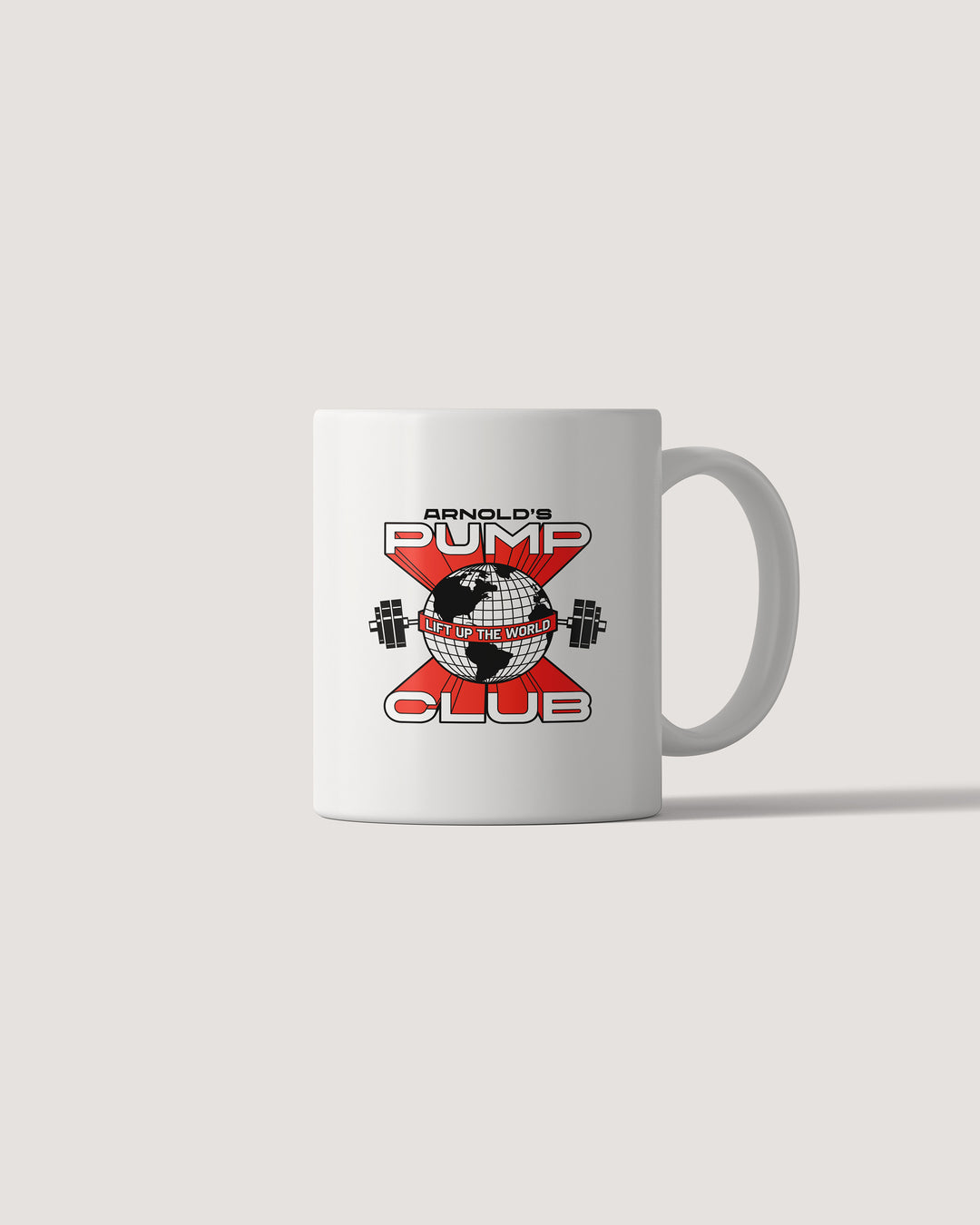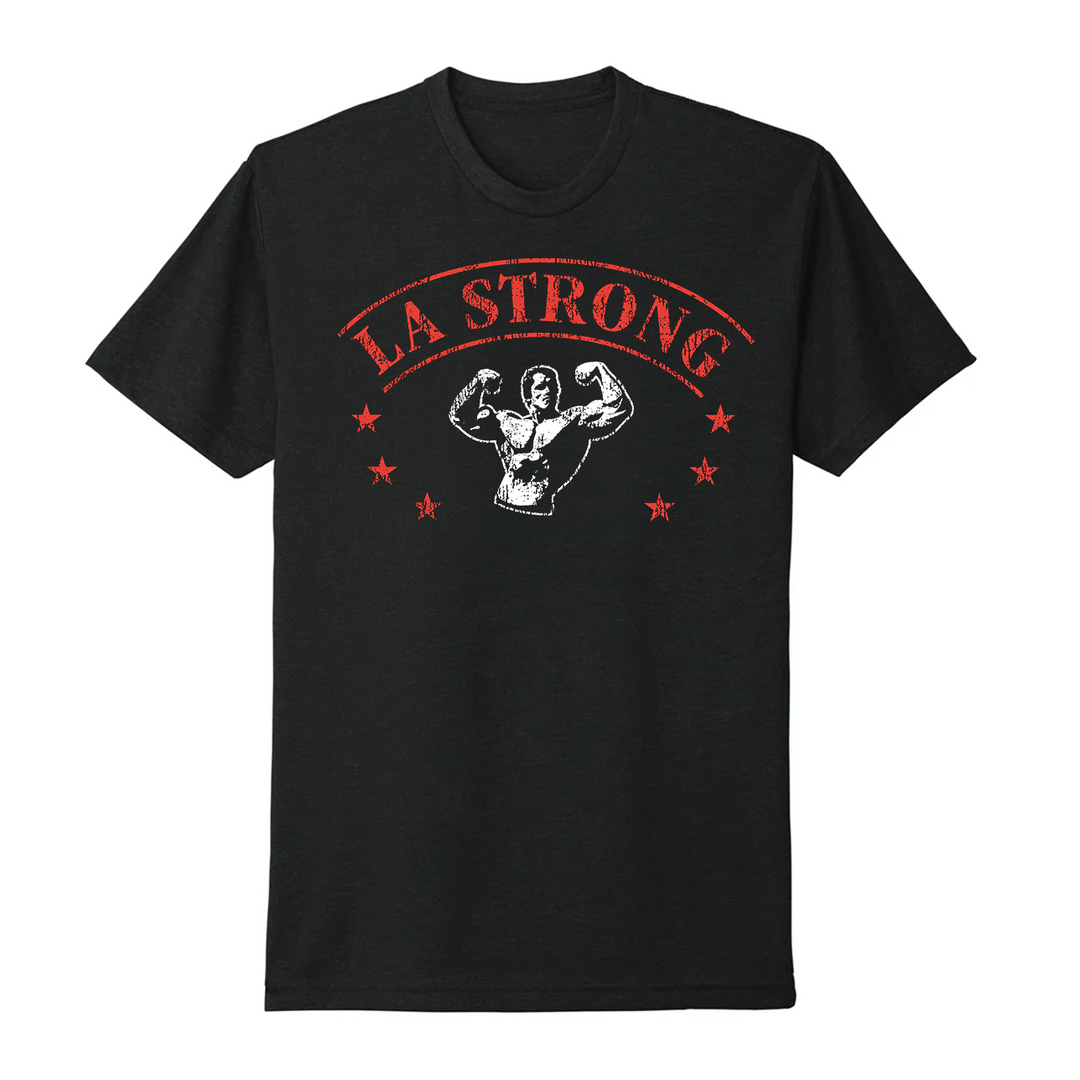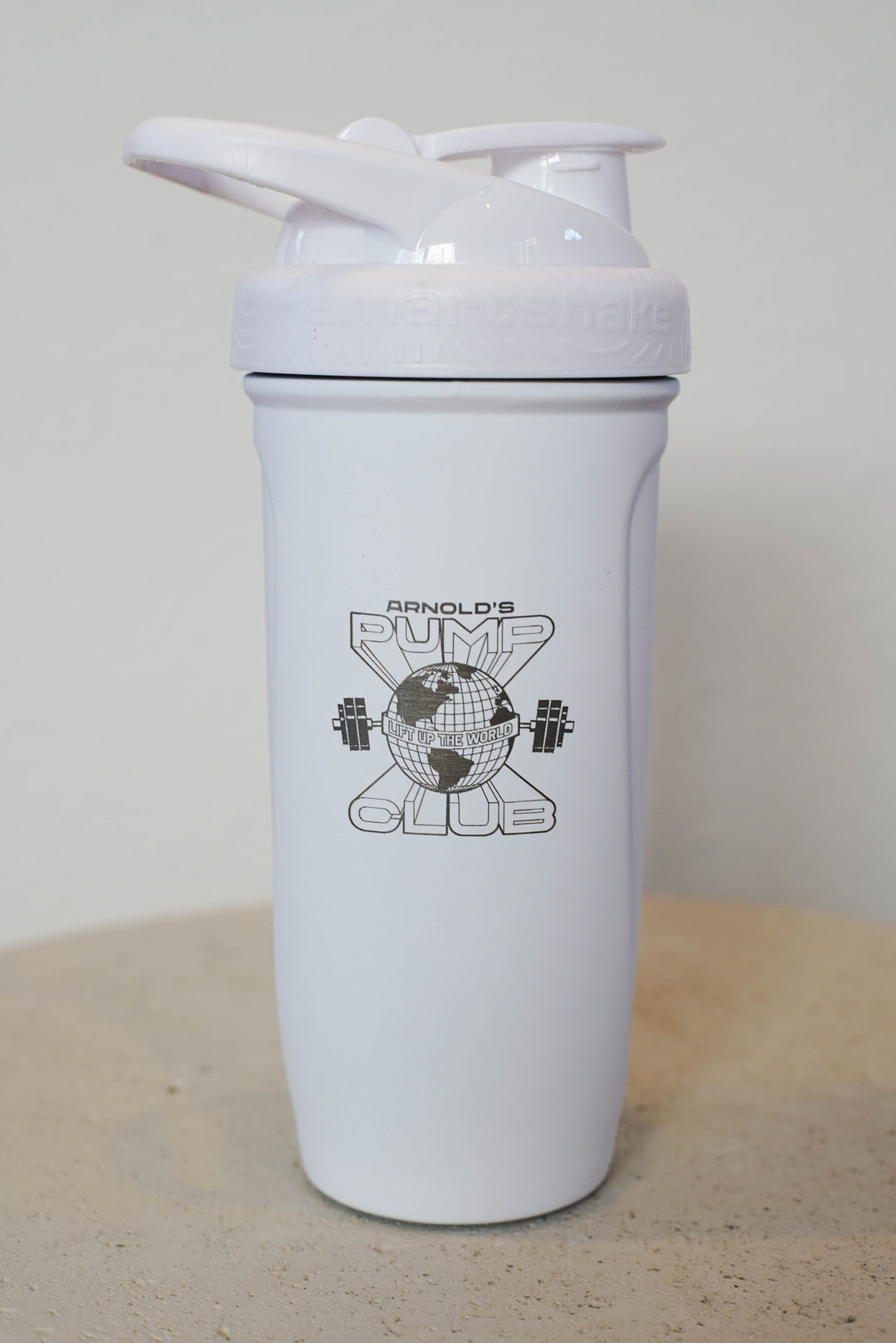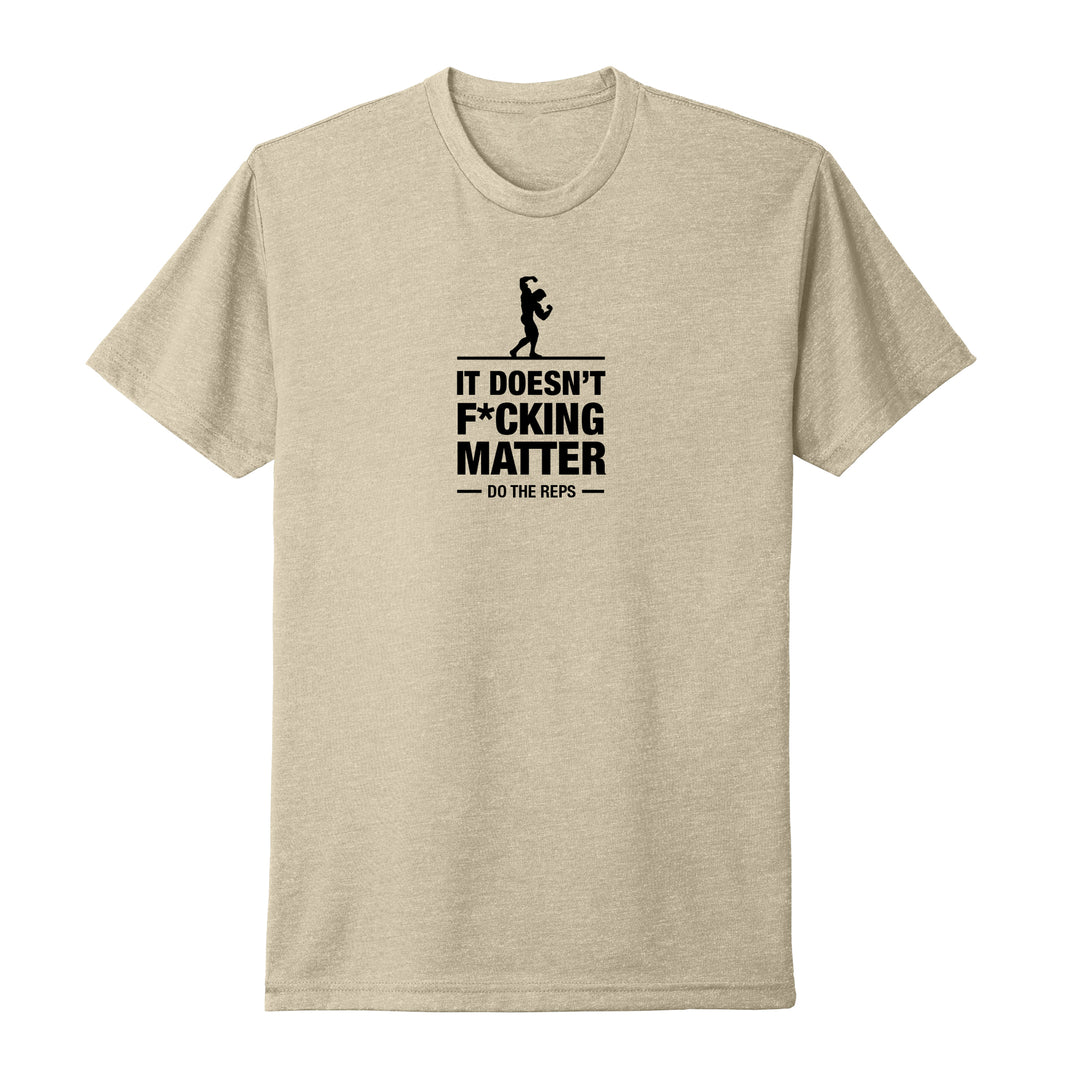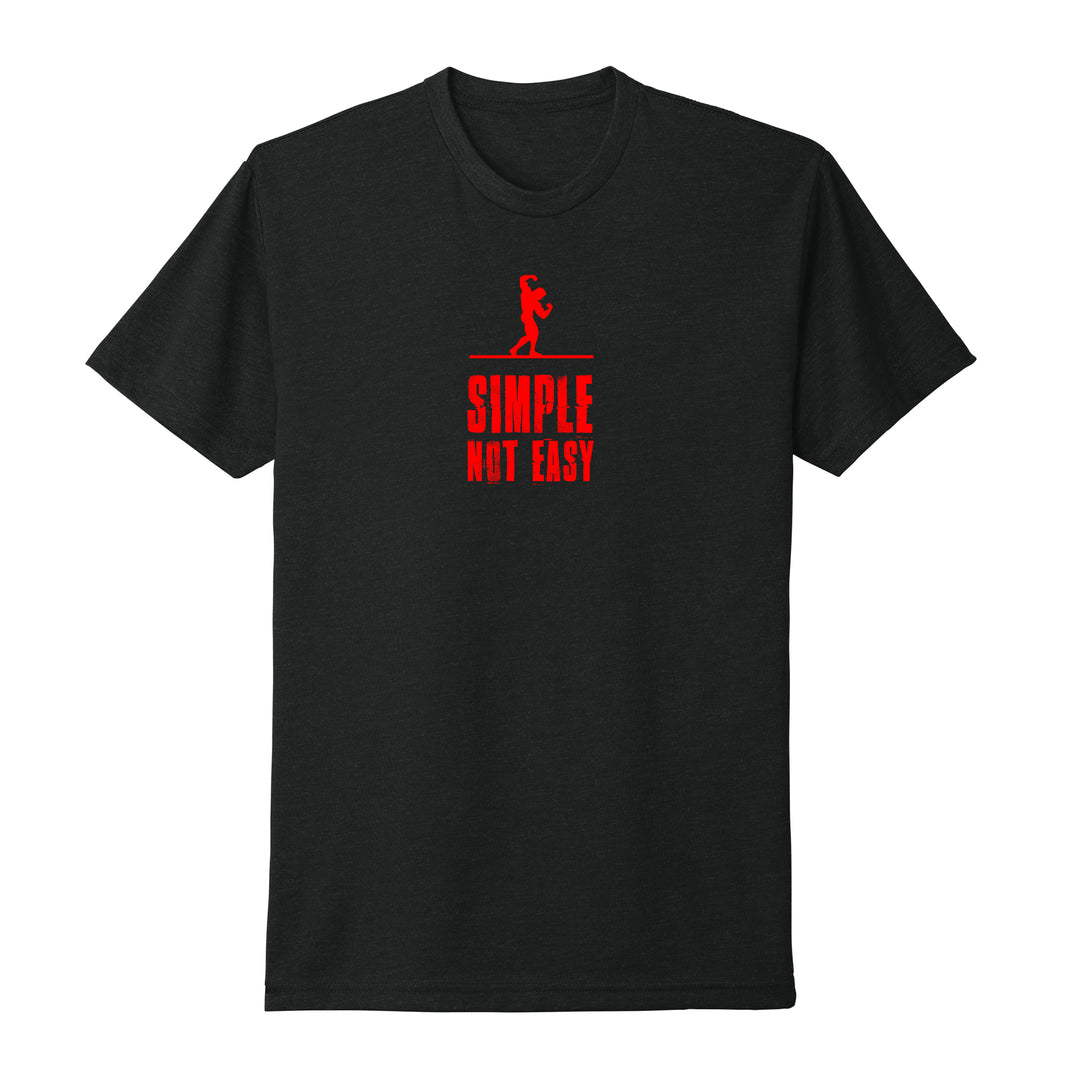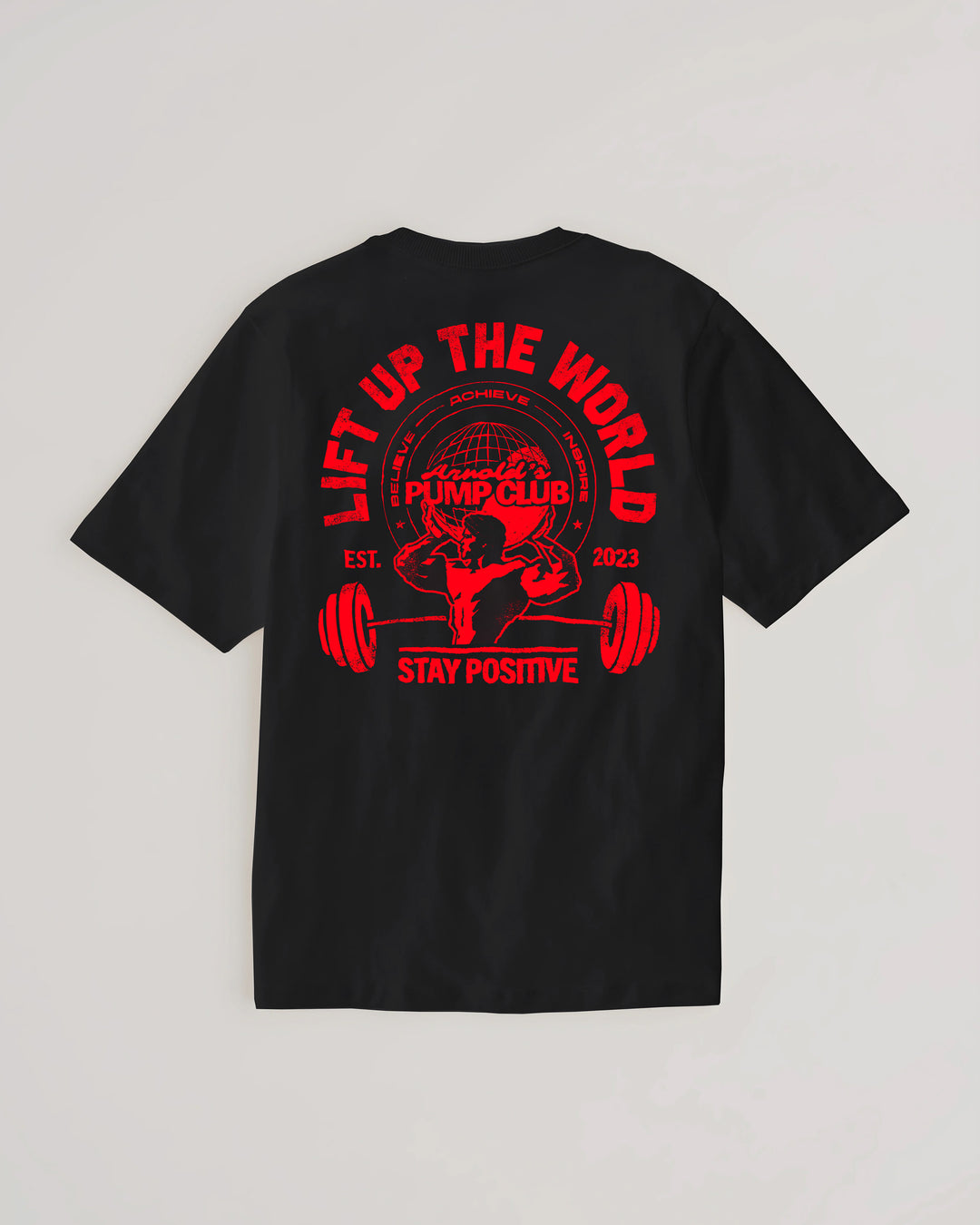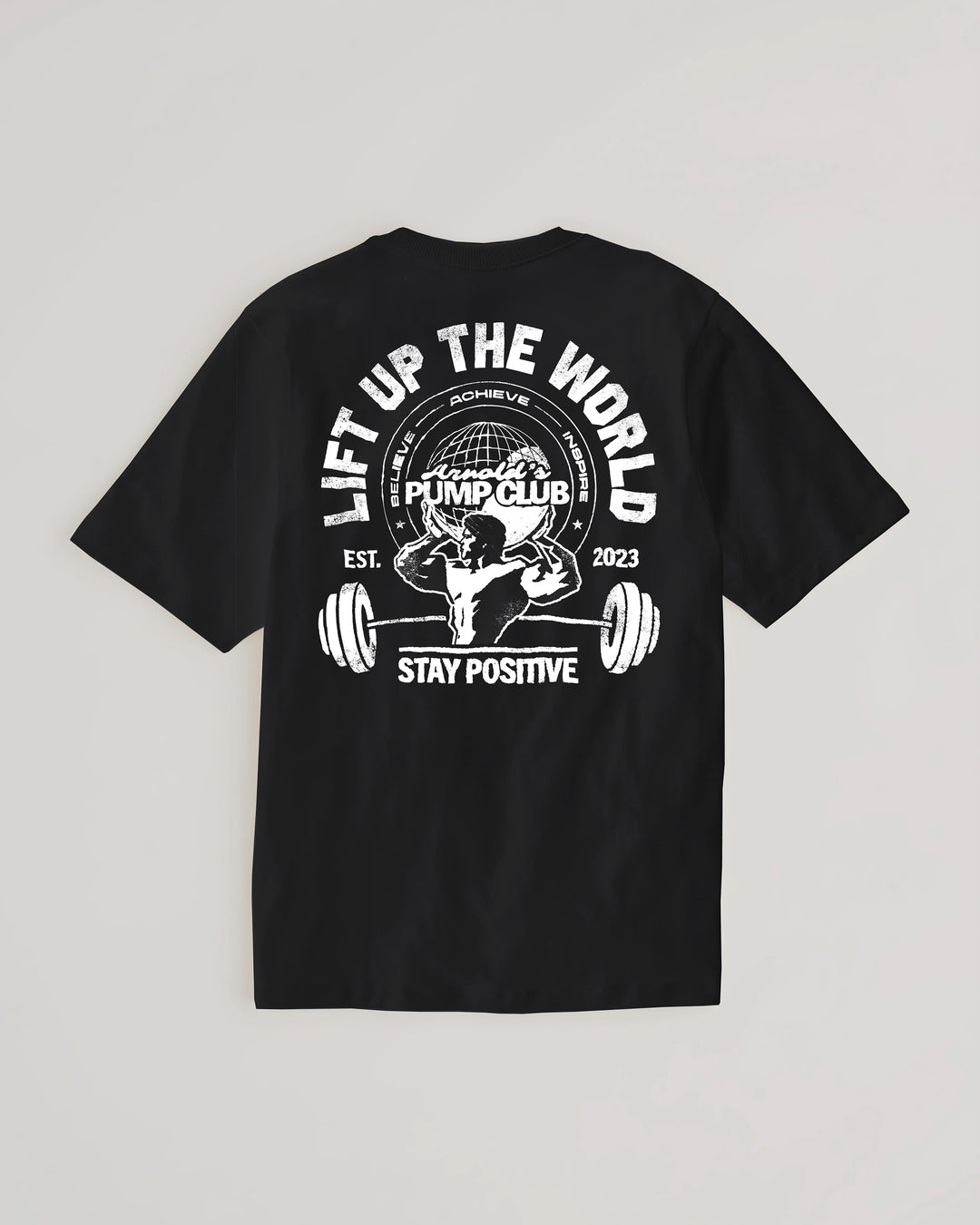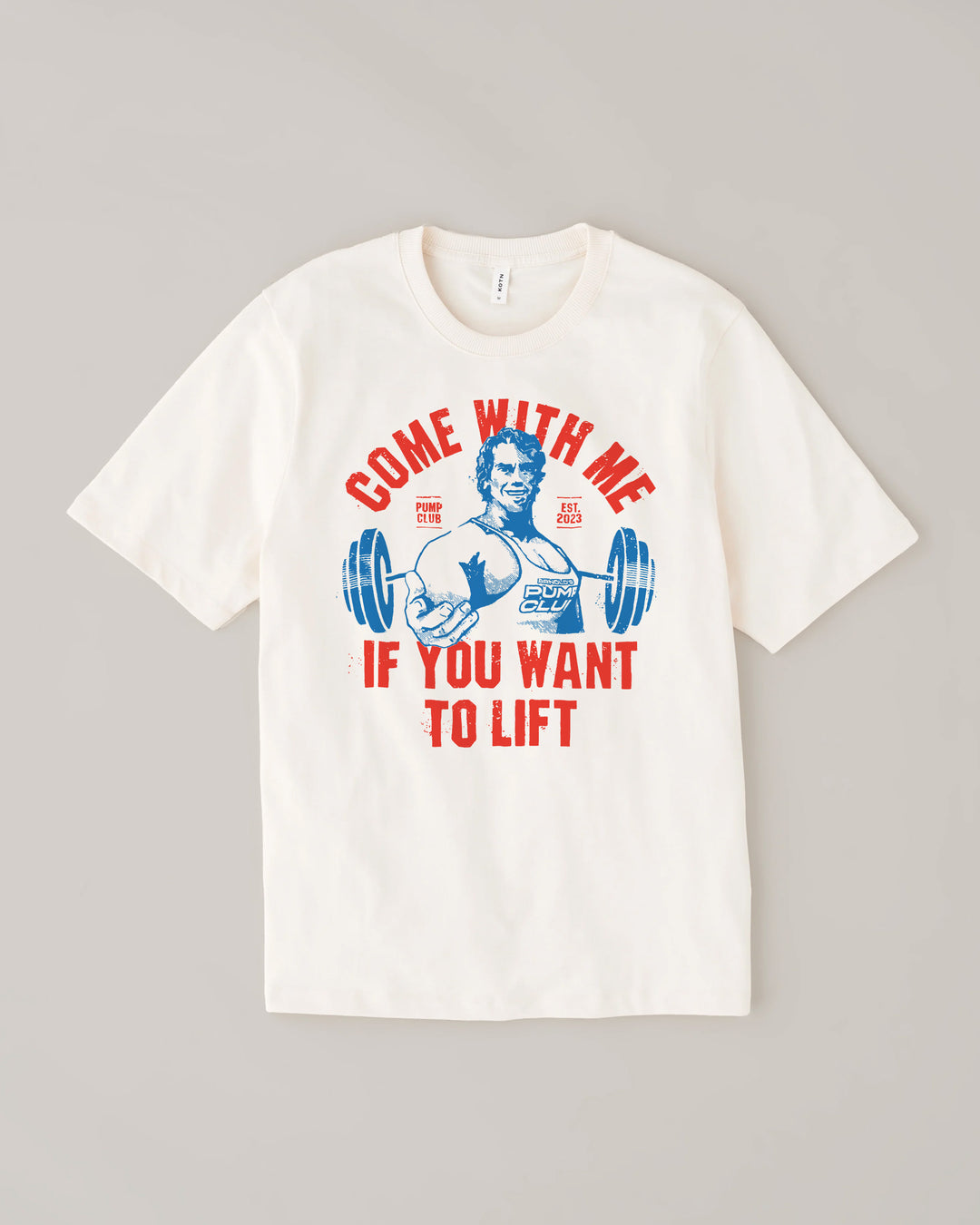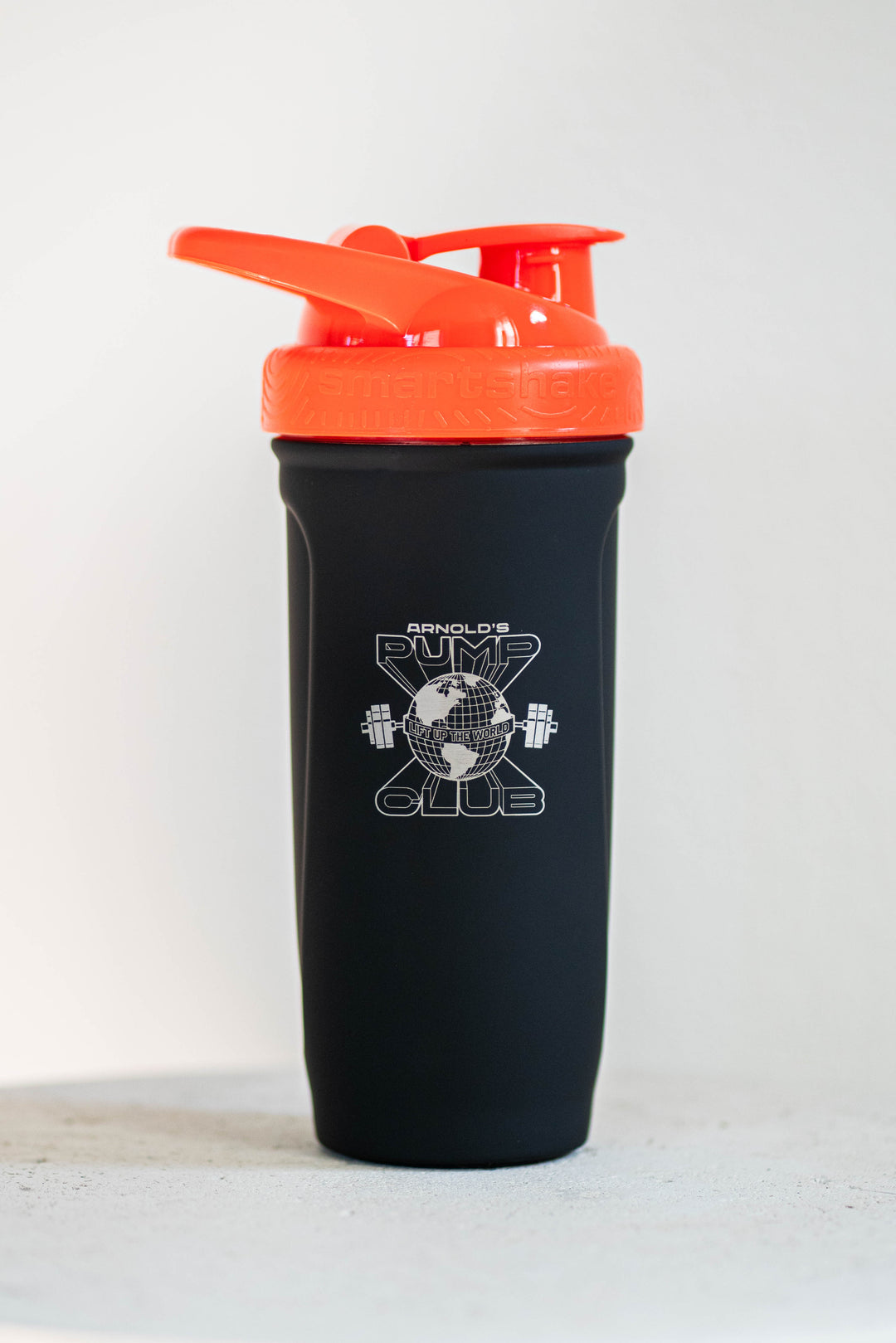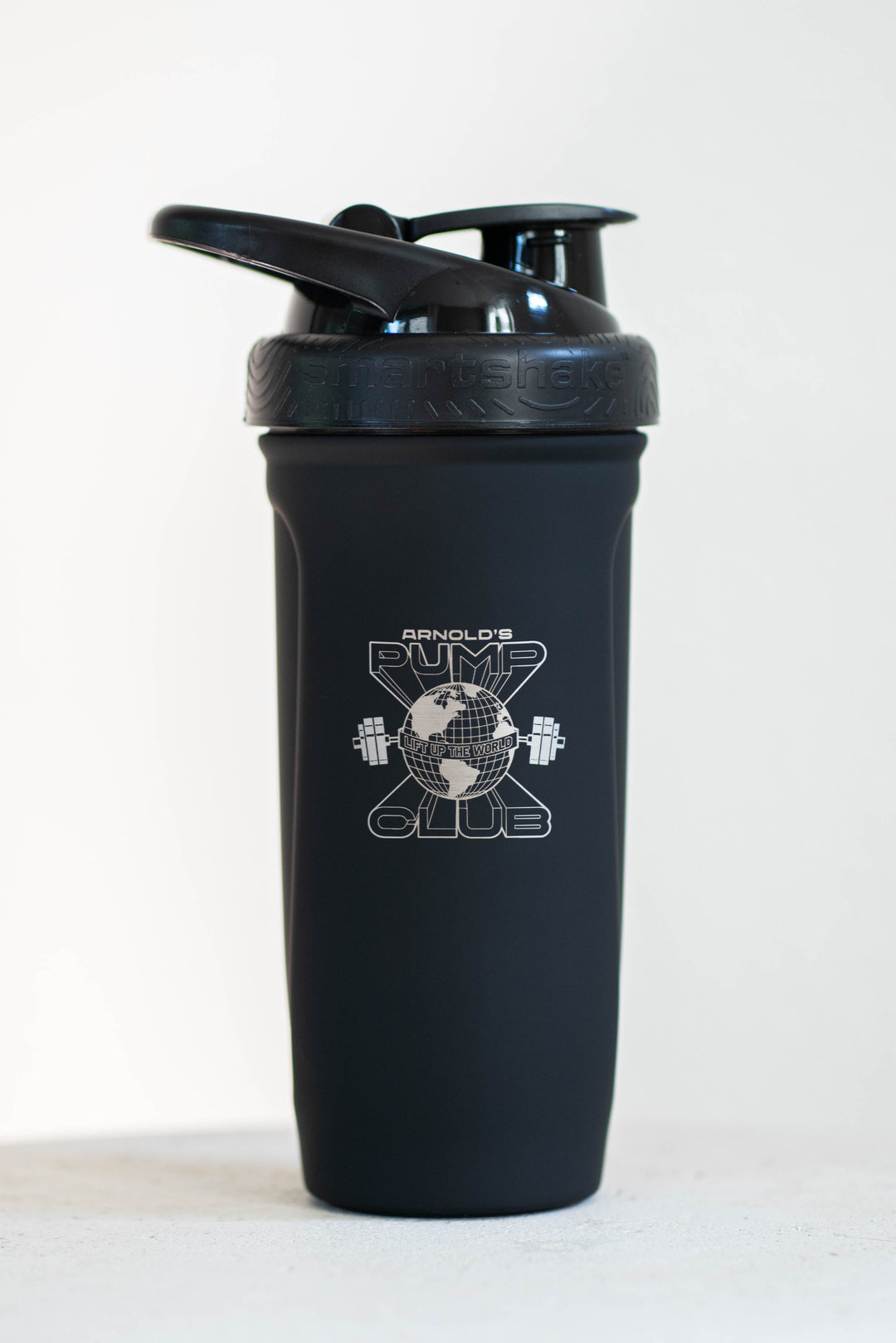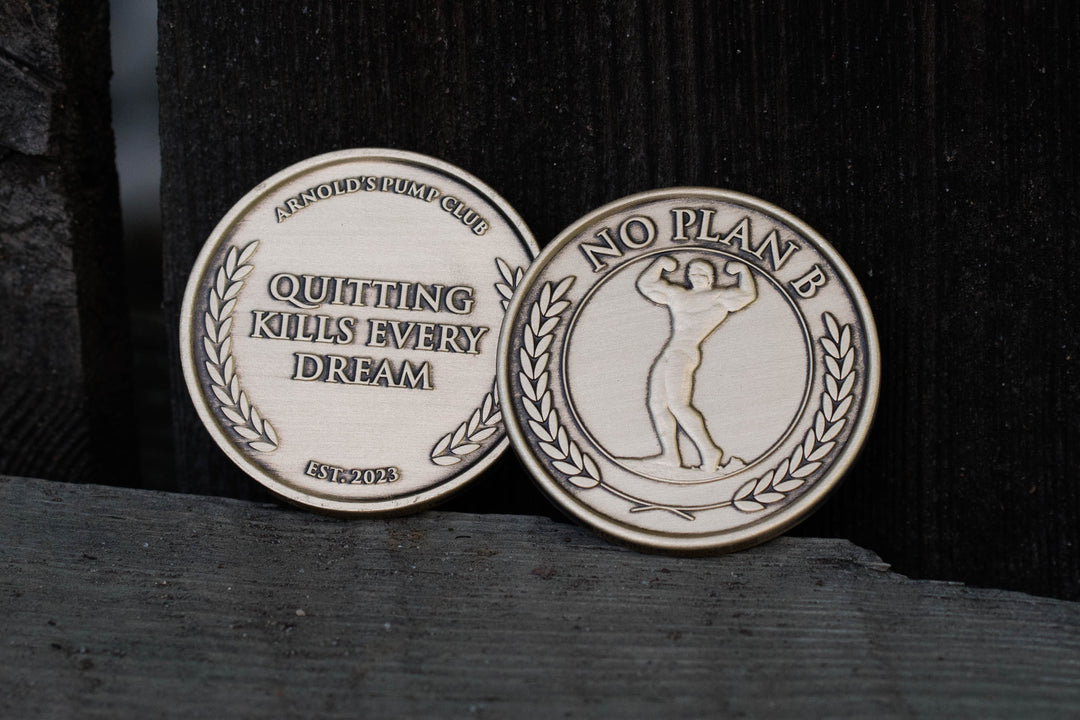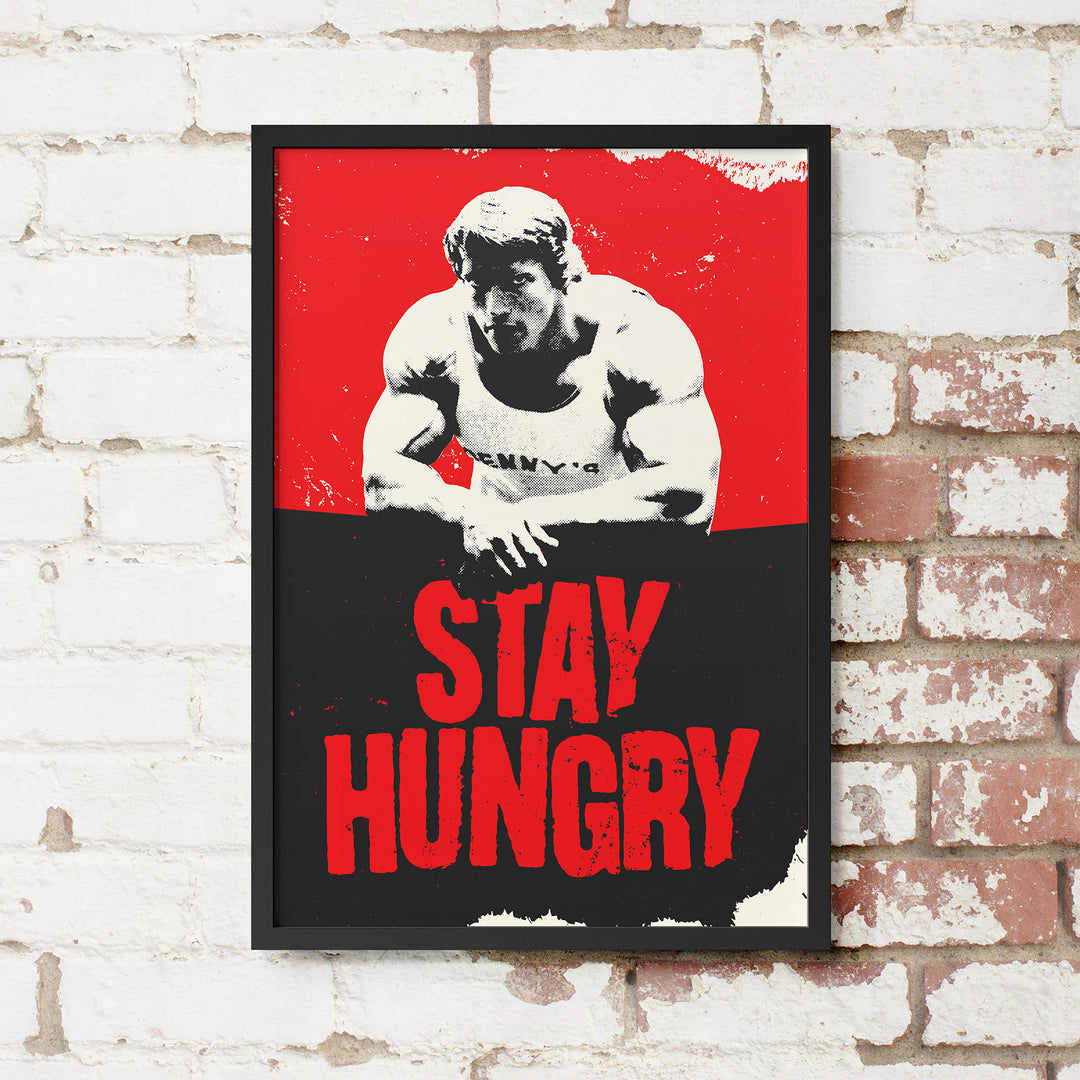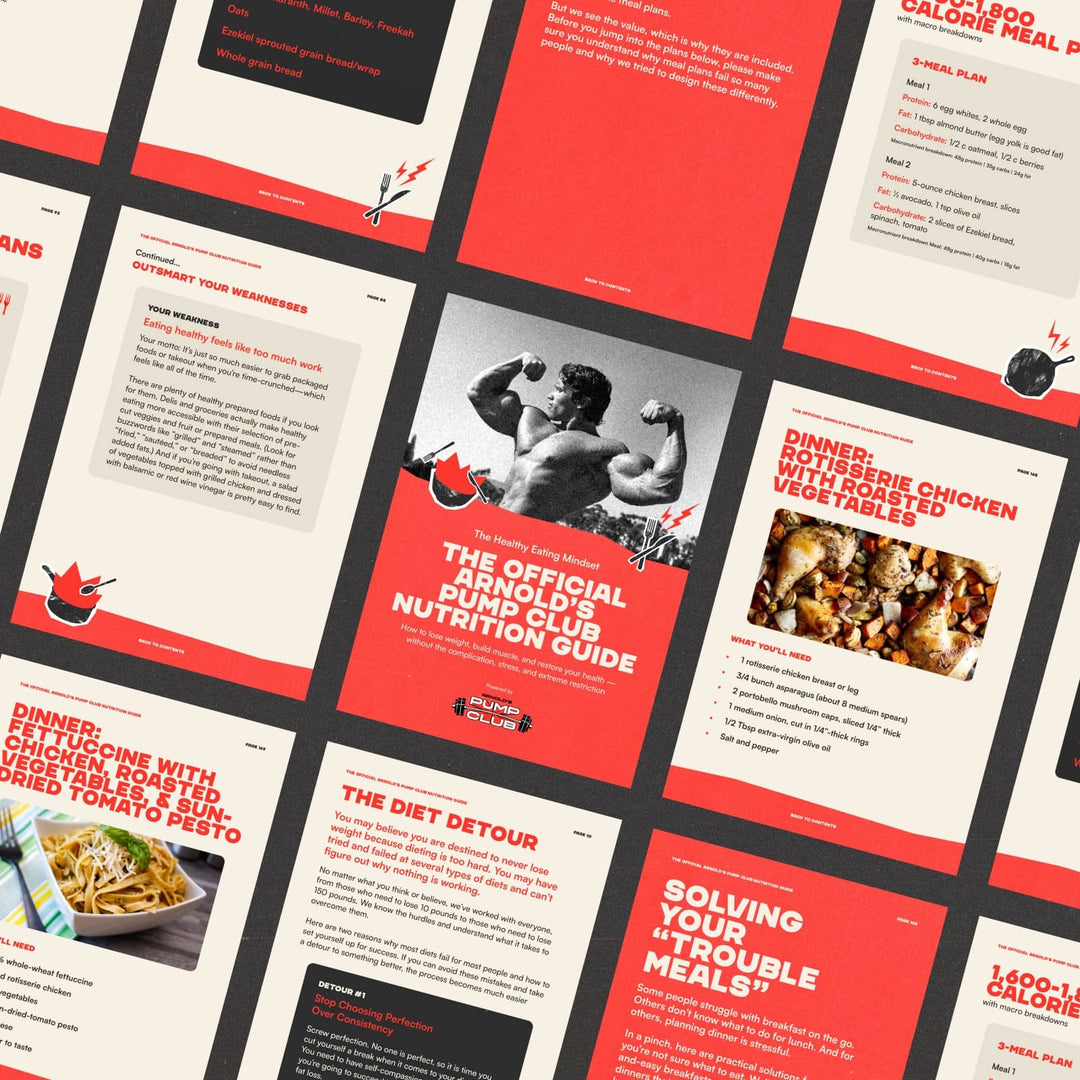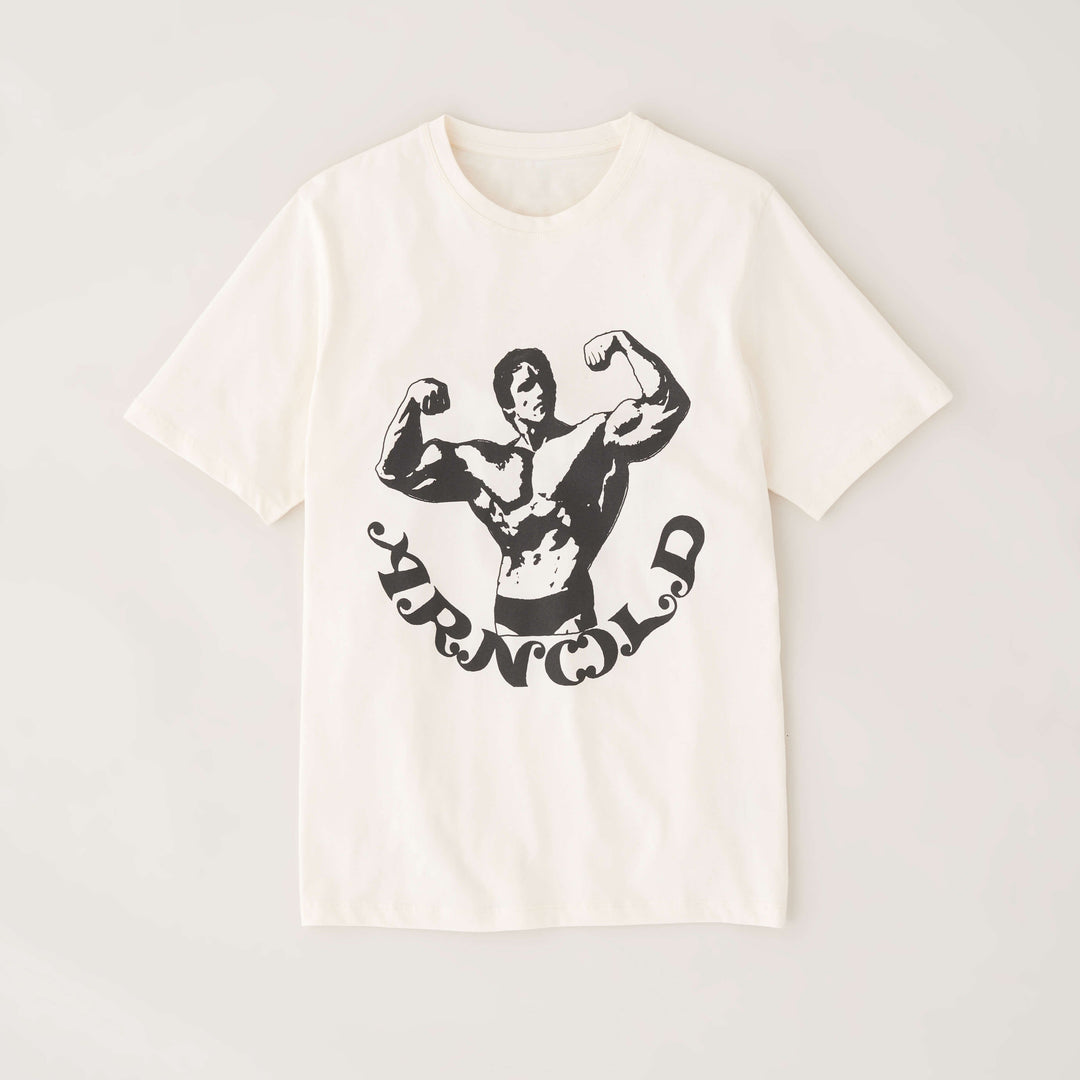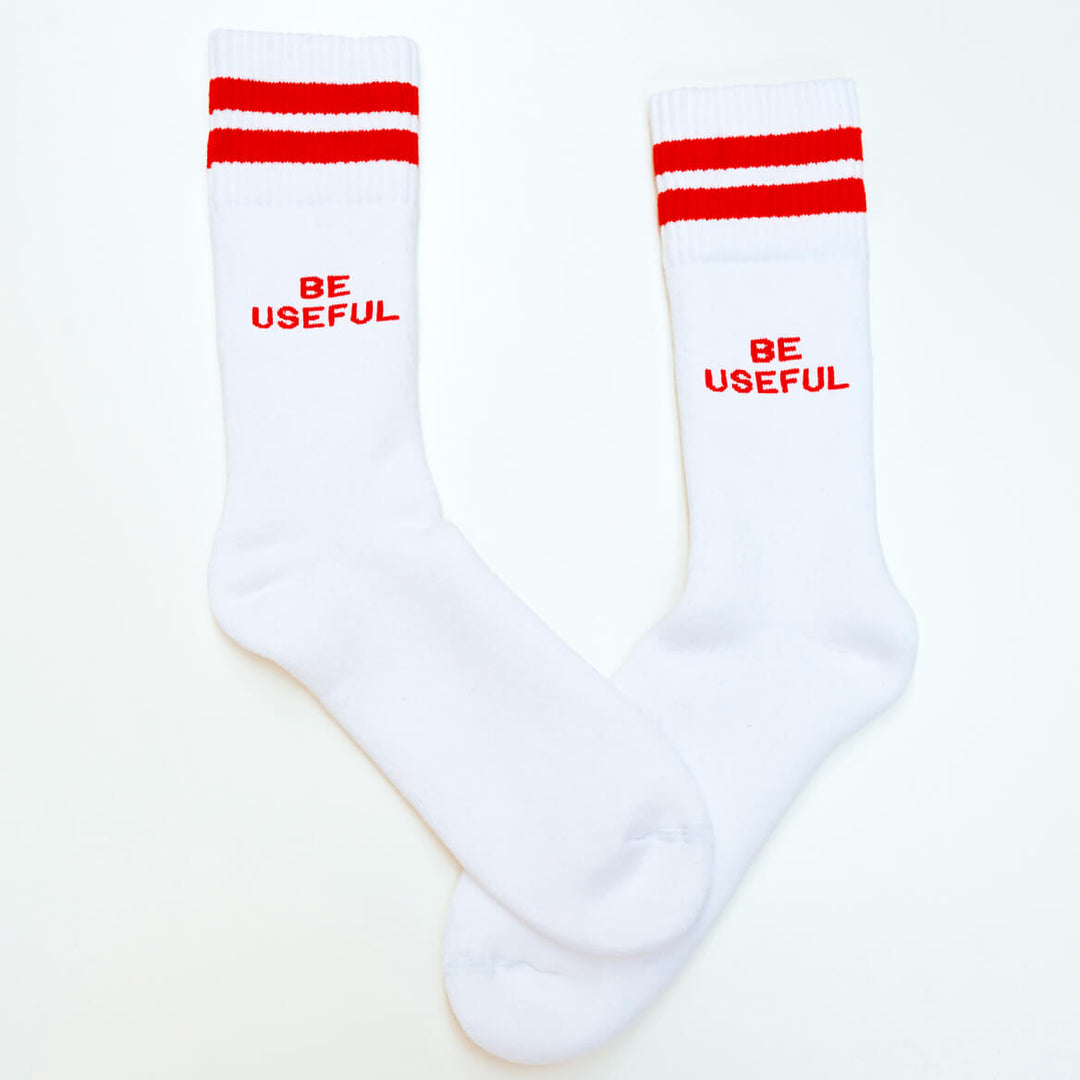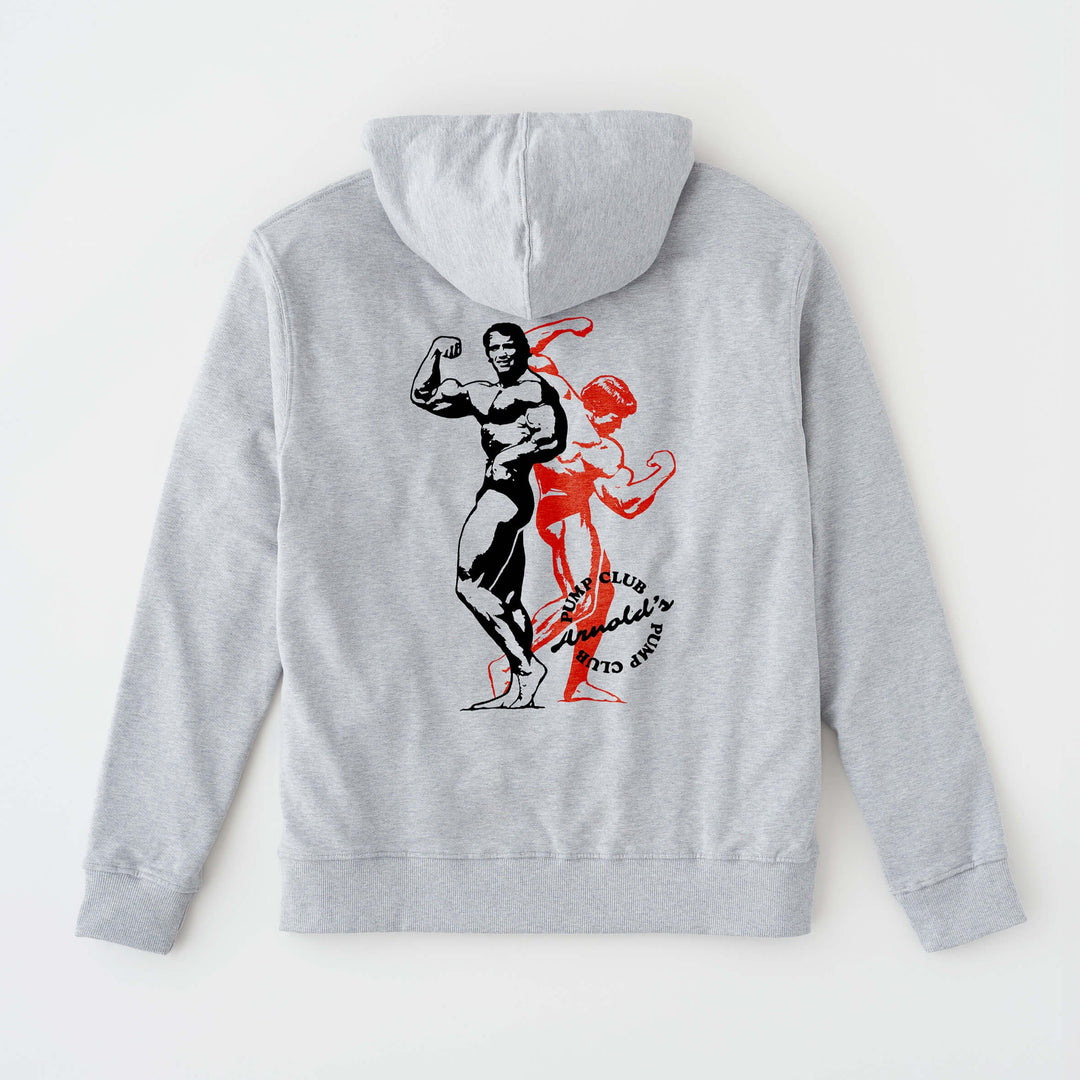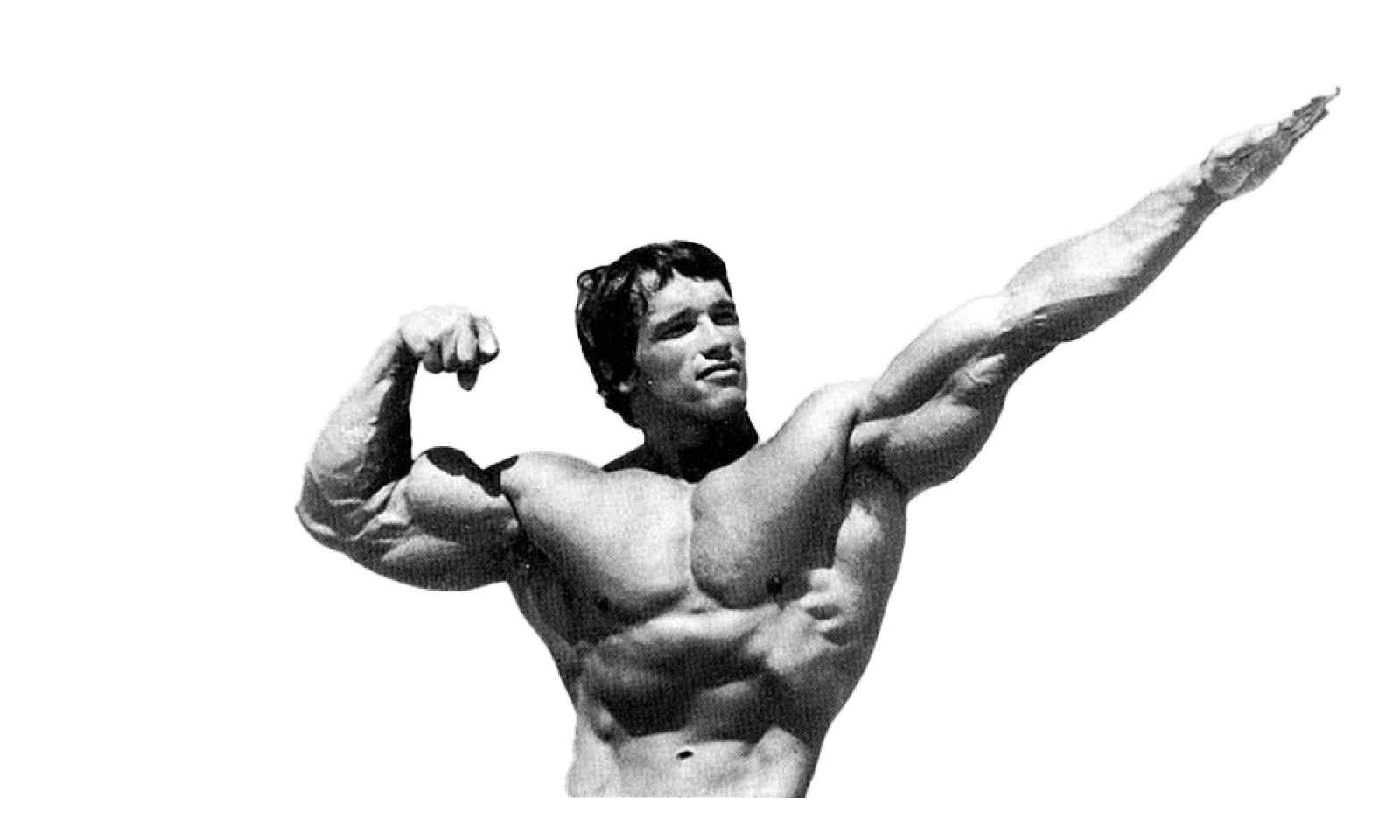Welcome to the positive corner of the internet. Every weekday, we help you make sense of the complex world of wellness by analyzing the headlines, simplifying the latest research, and providing quick tips designed to help you stay healthier in under 5 minutes. If you were forwarded this message, you can get the free daily email here.
Today’s Health Upgrade
One set away from more muscle
Fact check: is this supplement better than creatine?
A shift in the understanding of lower back pain
Arnold’s Podcast
Want more stories from Arnold? Every day, Arnold’s Pump Club Podcast opens with a story, perspective, and wisdom from Arnold that you won’t find in the newsletter. And, you’ll hear a recap of the day’s items. You can subscribe on Apple, Spotify, Google, or wherever you listen to podcasts.
Instant Health Boost
One Set Away From More Muscle
The next time you’re thinking about skipping the gym, it might help to remember the 1-set rule.
New research confirms that just one hard set per exercise can help you build real muscle and strength.
Lifting with intensity — not endless sets — is the key to progress. Even one set can work, as long as you push yourself close to failure.
In the 8-week study, trained lifters followed a minimalist program: just one set of nine exercises, performed twice per week. Each session targeted the whole body using exercises that hit all of the main muscle groups and took only thirty minutes to complete.
One group performed sets to failure, while the others trained near failure but left two reps in reserve.
The group training to failure experienced a little more muscle growth, but both groups experienced significant improvements. And the strength gains were nearly identical.
If you’re short on time, the study is an excellent reminder that something is better than nothing, especially if you prioritize intensity. And if you are short on time, you need to train to near failure.
So if you're busy or burned out by long workouts, you can get stronger and build muscle in less time — without crushing your body or your schedule.
Together With Momentous
Does This "Super Creatine" Live Up to the Hype?
If you've been scrolling through YouTube videos, you might have seen people raving about GAA (guanidinoacetic acid) as the "next-level creatine." Before you consider swapping your tried-and-true creatine for this newcomer, here's what the science actually tells us.
GAA might increase muscle creatine levels more effectively than regular creatine, but the safety concerns and limited research make it a risky gamble compared to creatine's proven track record.
GAA is a naturally occurring precursor to creatine. In a pilot study comparing GAA to creatine, GAA led to a 16 percent increase in brain creatine versus 2 percent with creatine monohydrate. While creatine relies on specific cellular transporters that can become saturated, GAA uses different pathways to enter cells, then converts to creatine once inside. Think of it like having a VIP entrance when the main door is crowded.
However, when researchers measured actual performance outcomes, the results were disappointingly mixed. Some studies showed improvements in bench press performance and functional mobility in older adults, while others found zero effects on power and anaerobic capacity.
And there’s a catch: nearly every one of those studies was small, short-term (6–8 weeks), and conducted by the same research group.
But there’s also a red flag: GAA consistently raises homocysteine levels. That matters because elevated homocysteine can be linked to higher cardiovascular risk, especially when sustained.
GAA demands methylation to convert into creatine, which depletes nutrients like folate and B12. Without extra support, this can create a dangerous imbalance. And animal studies have even found signs of neurotoxicity with high doses of GAA.
Meanwhile, creatine monohydrate has decades of data, hundreds of trials, and is considered one of the safest and most effective supplements on the planet.
So while GAA shows promise, the long-term effects are unknown—and potentially risky. That doesn’t mean GAA won’t be an effective supplement, but until we have large-scale, independent, long-term studies, the proven approach for your performance and health is to stick with creatine.
Your best bet is still 5 to 10 grams of creatine monohydrate daily. Momentous Creatine provides the highest quality, pure creatine monohydrate that is tested and certified. So not only can you sleep well knowing that what’s on the label is what you’re putting in your body, but it’s also the exact creatine (Creapure) used in the published studies that delivers impressive results for your brain and muscles.
As an APC reader, you get 35 percent OFF any Momentous subscription and 14 percent off any one-time purchase with the code “PumpClub.”
Fitness
Friends Don’t Let Friends: Think Weight Training Causes Back Pain
If you’ve ever been told that a heavy deadlift would wreck your spine or that squatting is dangerous, you’re not alone. However, the latest science tells a different story.
A thorough review found no consistent evidence that lifting, carrying, or spinal loading causes chronic low back pain—challenging decades of conventional wisdom.
Researchers conducted a high-quality review and combed through over a decade of research. About 50 percent of the studies showed no clear connection between specific loading (like lifting or carrying) and increased back pain.
Even more telling: 9 out of 10 experimental studies found that reducing load did not reduce pain. In other words, avoiding heavy lifting or changing your posture might not solve the problem.
Instead, the researchers suggest other causes—like stress, poor sleep, lack of movement, and even fear of movement—may play a bigger role in chronic pain.
If you’re dealing with back pain, don’t avoid strength training altogether. Stay active. Focus on improving overall fitness, improving how you move, managing stress, and building confidence in your movement. And remember: your back is stronger and more resilient than you think.
This study reminds us that the real danger isn’t lifting heavy—it’s letting fear hold you back from moving altogether.
—
Publisher: Arnold Schwarzenegger
Editors-in-chief: Adam Bornstein and Daniel Ketchell




